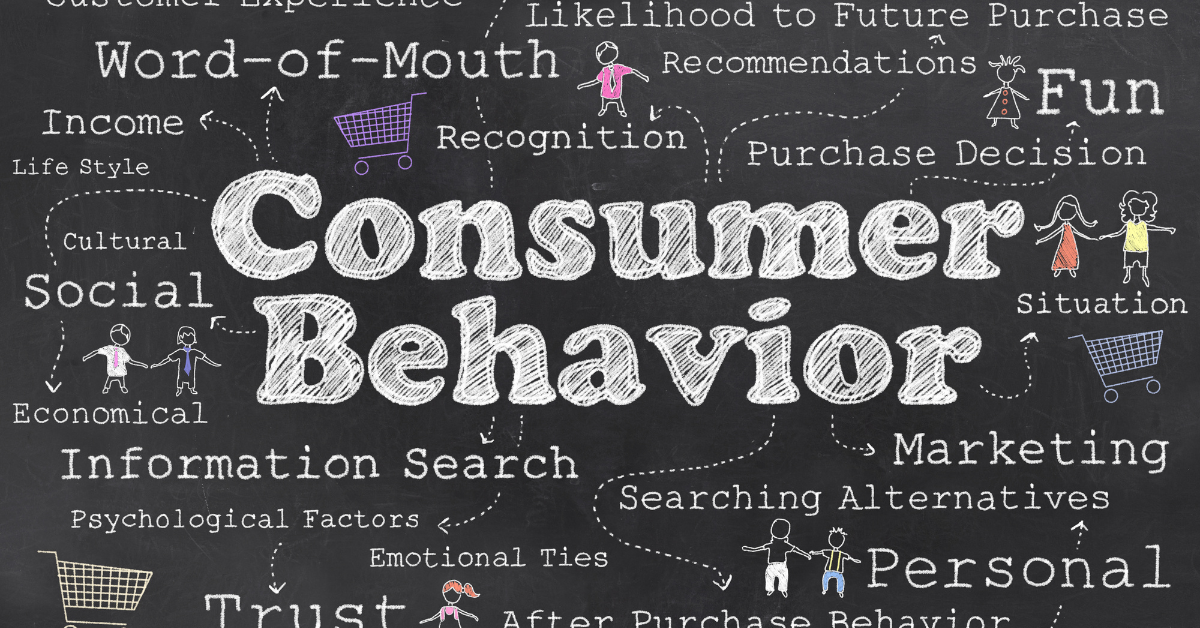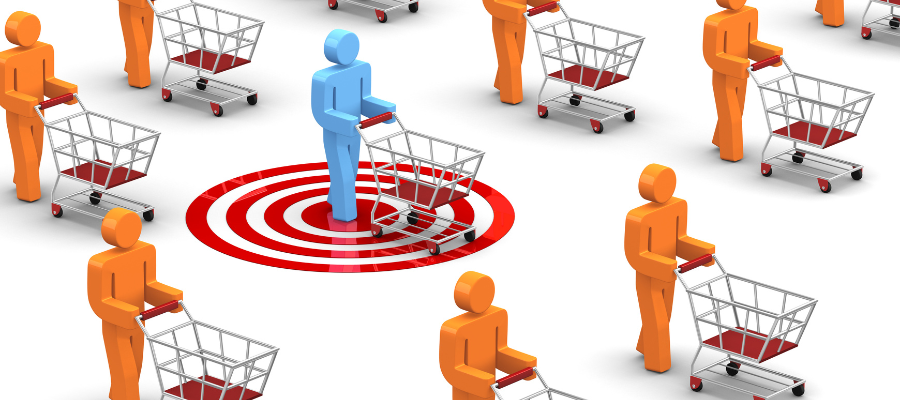
What are Consumer buying behaviour and the decision-making process?
Branding is not creating memorable impressions on consumers’ buying behaviour, but also portraying to the consumer what they expect from your business. Let’s understand with an example, Apple Airpods – There are plenty of copies are available in the market, but people are showing credibility to brands. Why? People are too smart because they know copies will impact on ears, charging issues, plenty of reasons but as far as brand is concerned apple AirPods, give services well, proper sound quality, product quality and more. The reason is why branding affects the consumer buying behaviour
In general, the brand has a greater influence on consumer purchasing behaviour. However, consumer behaviour has changed at the local level as a result of branded products and services. Customers are the people who buy the product. Consumer purchasing behaviour is the study of a consumer’s actions when it comes to planning, purchasing, and consuming goods and services.
Consumer purchasing decisions are comprised of seven steps: 1) need identification, 2) information search, 3) pre-purchase, and 4) alternative selection. 5) Consumption after purchase, 6) post-consumption evaluation, and 7) feedback lets us understand the major factors and types of buying behaviour.
DEFINITION OF CONSUMER BUYING BEHAVIOR:
Consumer Buying Behavior refers to the actions that consumers take (both online and offline) before purchasing a product or service. This process could include using search engines (Google, Yahoo and Bing) , responding to social media posts, or a variety of other activities. Understanding this process is beneficial for businesses because it allows them to help refine their marketing initiatives to the marketing efforts that have successfully influenced consumers to buy in the past.
LET US UNDERSTAND THE CONSUMER BUYING BEHAVIOR PROCESS.
1) Need identification

First one, and often most important, step in the consumer decision-making process is Need identification. There will be no purchase unless the consumer identify a need for your service or product.
That need could be triggered by external or internal stimuli, but whatever the case may be, the customer must be given a reason to believe that they want or need something that they do not already have. Marketers and retailers must convince customers that they have a problem that only they can solve. After the consumer has completed the problem recognition phase, they can begin the purchasing process.
2) Information Search:

Consumers who want to find a solution to the problem that they have now identified can use a variety of information-gathering techniques. These techniques have evolved in recent years as technology has propelled them to the forefront.
Consumers used to depend primarily on physical sources for information that would help them make purchasing decisions. This could have taken the form of:
- Magazine advertisements on flyers
- Articles from newspapers
- Billboards based on word of mouth
- Commercials on television and radio
As businesses turn to the internet for product information that can help them make a final purchasing decision, online media has grown in popularity among marketers and retailers. The following channels are now in use:
- Pay Per Click marketing
- Advertisements that are sponsored
- SEO techniques
- Strategies for social media marketing
- Blog posts with authority
- Websites of exceptional quality
- Testimonials found on review websites
3) Evaluation of Alternatives
This evaluation of alternatives implies that they will compare a variety of options to ensure that they have made the correct decision.Example, after the information search you comparing the multiple options which gives you a better result.
This process has evolved dramatically over the last decade or so. It used to be difficult to obtain information about various products and services. Buyers had to physically visit different stores or suppliers to inquire, or make multiple phone calls.
Because it was more difficult to compare prices and value, it was easier for the buyer to make a sale to the first business he found. This is no longer the case. It only takes a few minutes to go online and compare prices and services from various suppliers or providers, thanks to the power of the internet.
4) Asses the evidence
When buyers have evaluated all of their options, they can proceed to the stage of evaluating the evidence that they have gathered. What does this necessarily involve? In a summary, it means that the buyer examines the information about the products or services they want from all potential suppliers or providers to determine which is the best fit for them.
5) Selection option
Many retailers are surprised that the process of selecting an option occurs so late in the day. By this point, the customer will have looked into a variety of options. They will have reached an agreement on payment options and pricing and will know exactly what they are getting for their money.
They will have weighed the advantages and disadvantages and determined which of the products and services will best meet the need that they have identified in their company. They will have read reviews and testimonials and selected the most dependable and trustworthy supplier or service provider.
6) Implement the decision
This is the stage that retailers and marketers have been anticipating – the point in time when the consumer actually decides to buy the product or service. Every decision making process that led up to this conversion is now complete. Previously, this stage usually went perfectly. The customer would call the company or go into the store, pay, and then receive their product or service.
7) Post purchase evaluation
Finally, retailers and marketers can exhale a sigh of relief as the sale has been completed. However, there is one more stage to go – the post-purchase evaluation. At this point, the marketer must examine the sale and purchasing decision made by the B2B consumer to determine what went well and what could be changed in the future to make the process even smoother and more efficient.
This last stage is very critical in the sales process. Why? Because you have to retain your customer when they purchase the goods and services from your shop or store. This stage helps you to encouraging return business, and generating additional sales through word of mouth. When customers are satisfied with the service you provide, brand loyalty will follow, allowing the information gathering and evaluation stage to be removed from the equation, exponentially speeding up the purchasing decision-making process.









Leave a Reply